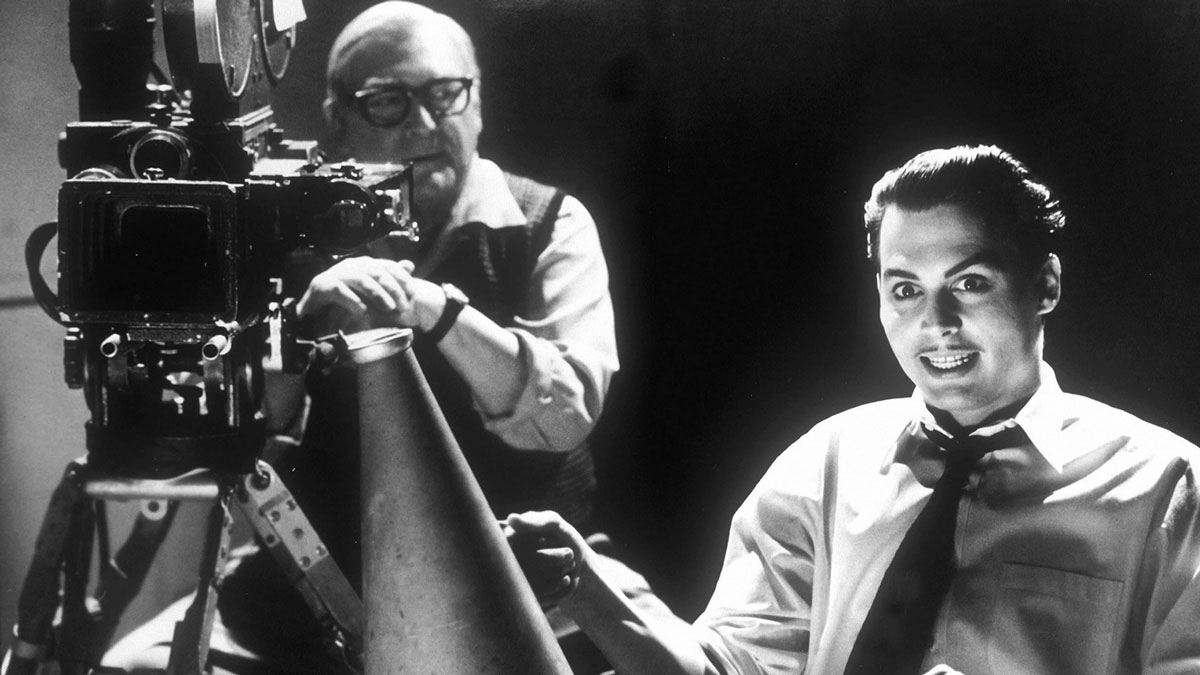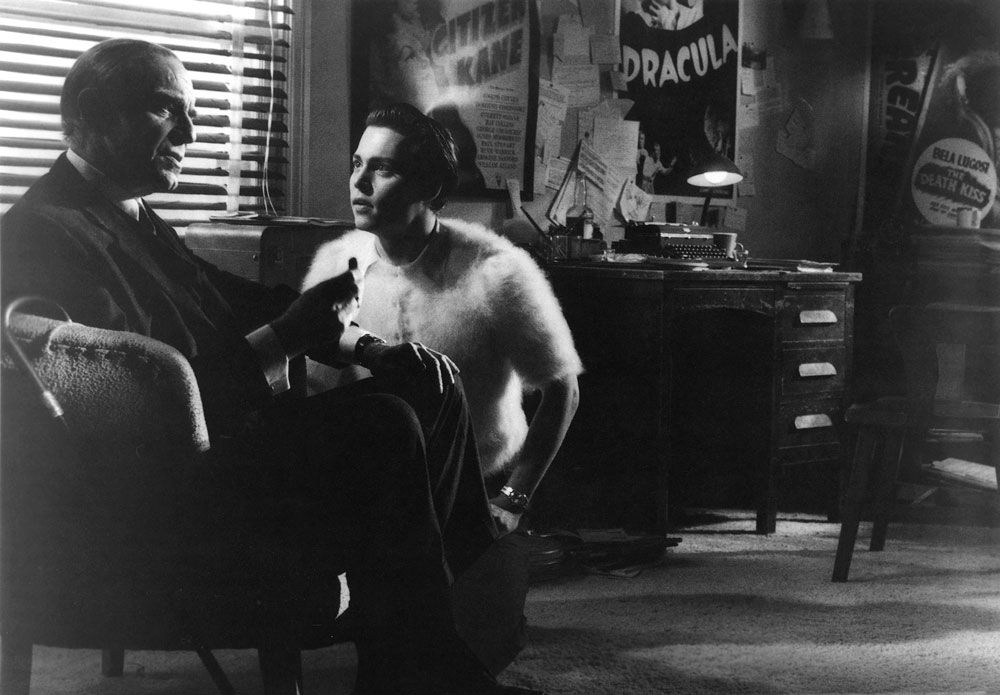
(c) Photofest / Getty Images
Is the work of Ed Wood, the worst movie director of all time, really the worst?
2019.06.25
Ed Wood's debut film ``Glen and Glenda''
Ed Wood's directorial debut `` Glen and Glenda '' (53). As mentioned in the movie "Ed Wood," it was originally based on the story of Christine Jorgensen, who gave hope to many men struggling with their gender identity by coming out as a transgender woman. It was a project that would now be called ``flame marketing'' to attract customers by stimulating their voyeuristic instincts.
However, Ed Wood has no interest in gender change, and he draws her closer to him, changing the theme to ``a man who likes cross-dressing.'' ``Glen and Glenda'' is the work that has made Tim Burton, Tarantino, John Waters, and David Lynch profess their love for Ed Wood.

"Ed Wood" (c)Photofest / Getty Images
The appeal of this work is probably the mixture of overly subjective abstract expressions and figurative expressions.
As soon as the movie starts. In the middle of a magnificent study sits an old man (Bela Lugosi) in formal attire.
"Be careful. Be careful. A giant green dragon is waiting at your door. It will eat small children... puppies' tails and fat snails. Be careful. Be very careful."
``Puppy's tail'' and ``fat snail'' are part of Mother Goose's children's song ``What are boys made of?'' and are listed as the ``ingredients'' of ``boys.''
In other words, an old man in formal attire is reciting a children's song in a dignified tone with a European accent. Even if you take a look at this strange opening production, you can gauge the extraordinaryness of Ed Wood.
In the second half of the film, Glenn (played by Ed Wood himself), who has a penchant for cross-dressing, worries about whether to confess his hobby to his fiancée Barbara (played by Ed Wood's partner at the time, Dolores Fuller).
The idea that Glenn's propensity for cross-dressing would become a "burden" on Barbara is when a huge tree falls on top of Barbara, and Glenn, dressed as a woman, tries to move the tree, but he can't move it, and then Glenn in a suit appears and pulls the tree away. Express it by lifting it up. Direct judgment... It sounds good, but to put it simply, it's such a childish expression that an ordinary person wouldn't even think of.
Also, the extensive use of stock footage (copyright-free video material today) is typical of Ed Wood. Scenes of the city are still being used in a legitimate way, but do scenes like a buffalo running wild or a steel mill refining iron fit the conversation and situation, or do they have a deeper meaning? , it is a production that completely throws the audience away.
``Glen and Glenda'' is a marble-like mix of these very easy-to-understand expressions and scenes that are hard to even consider.
Movies are a genre of art, and sensitivity and sense create masterpieces. That's what you're probably thinking. There are certainly aspects like that. However, on the other hand, there are also production techniques that have been refined over a long history, and these are called clichés. If you study film seriously, you'll end up picking up ``clichés'' no matter what. If they were used, the work would be straightforward and easy to understand, but at the same time it would also be extremely mediocre.
On the other hand, there is almost no evidence that he studied film expression in director Ed Wood's films. It's full of childish expressions that no one would do, and scenes that I don't know how to interpret.
But on the other hand. It can be said that it is full of expressions that no one has ever done before, and new scenes that have never been seen or heard before.
Whether that is working or not is another story.

